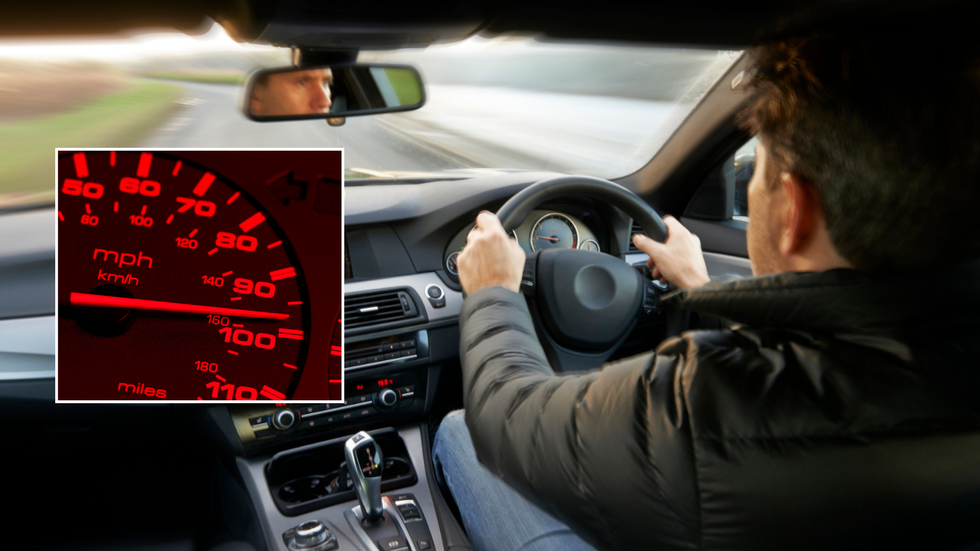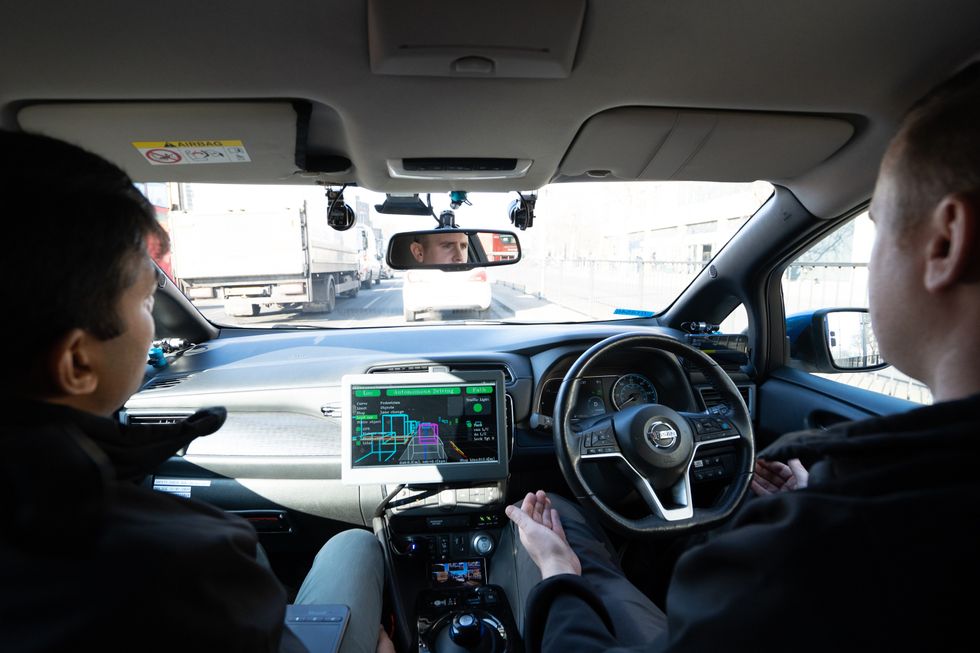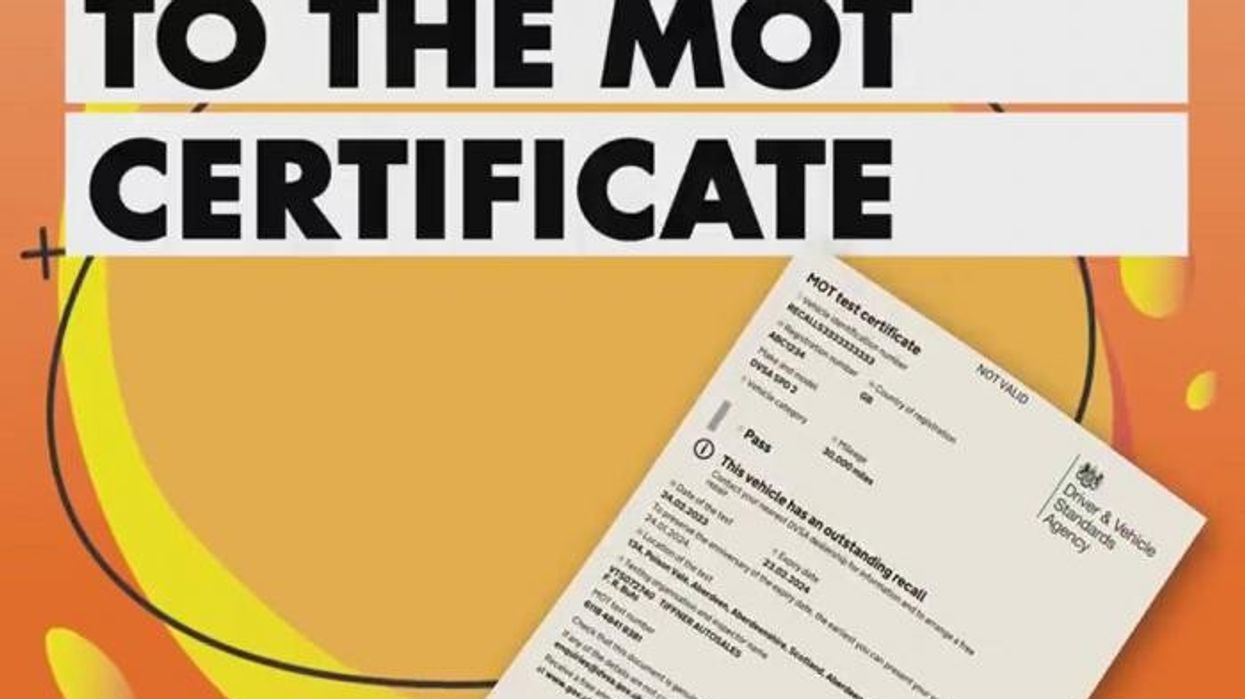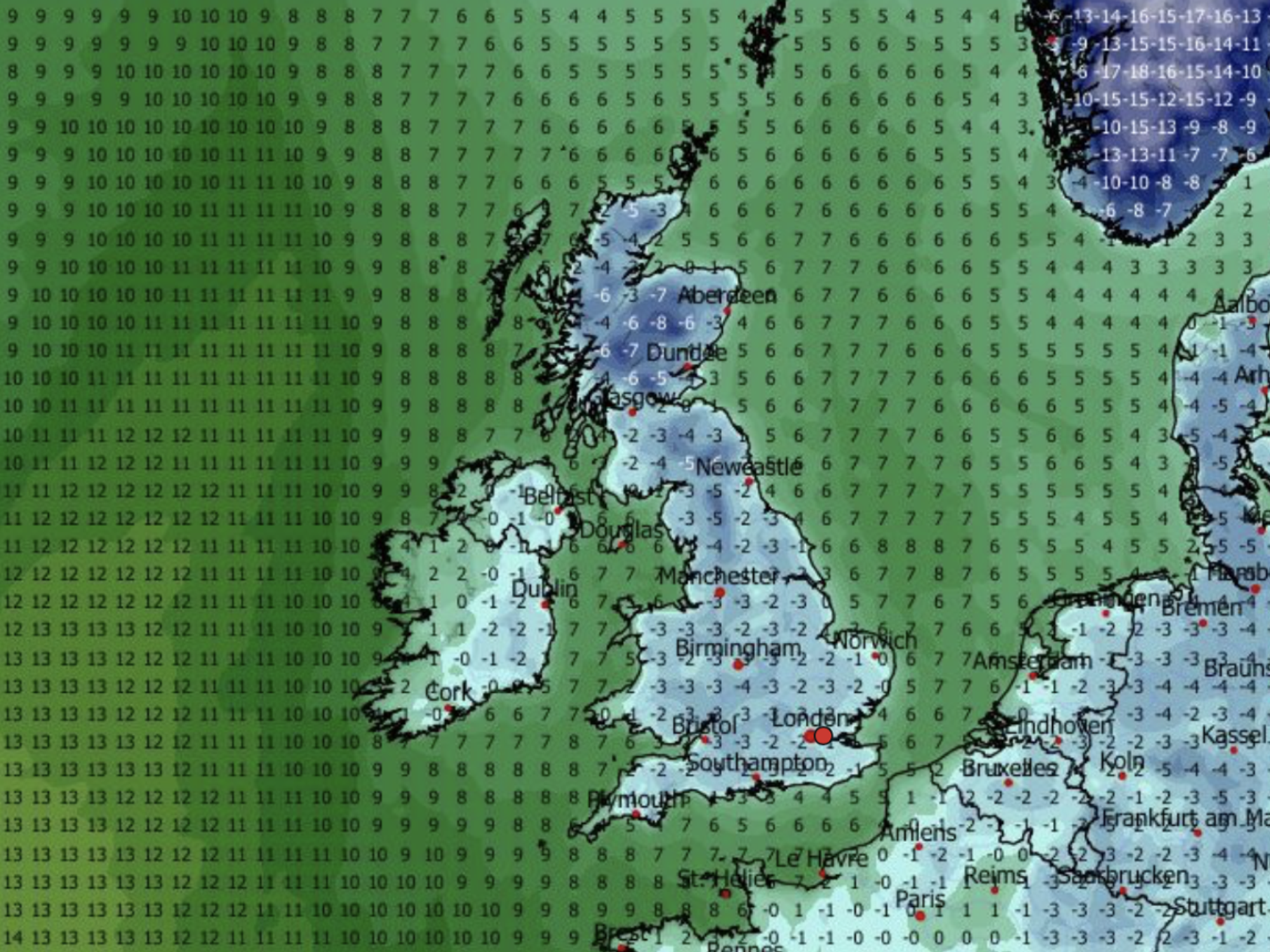DVSA introduces new safety rules for drivers of cars and vans - 'You need to tell us'

The changes will impact how vehicles are assessed on their roadworthiness
Don't Miss
Most Read
The DVSA has announced significant changes to how vehicles will be assessed during Individual Vehicle Approval (IVA) tests, impacting cars and vans across the UK.
The new regulations, which came into effect yesterday (May 14, 2025), will impact how vehicles are certified as roadworthy in the UK.
Under the updated rules, IVA applicants for cars (M1) and vans (N1) will now be required to declare that speedometers have been installed or converted to read in miles per hour rather than kilometres per hour.
This change aims to ensure all vehicles comply with section 17 of the IVA inspection manual, which was updated in October last year.
Do you have a story you'd like to share? Get in touch by emailing motoring@gbnews.uk

Under the new rules, drivers will have to adhere to changes in the Individual Vehicle Approval scheme
|GETTY
Applicants can now self-declare that their vehicles comply with these standards using the updated IVA application form rather than undergo a physical inspection. The agency noted that evidence of compliance may still be required when the test is taken.
The changes specifically target vehicles undergoing the IVA scheme, which is used by motorists making or importing single vehicles or small numbers of passenger cars, goods vehicles, buses, coaches, trailers or special purpose vehicles.
This streamlined process applies to tests from May 14 onwards, with drivers who have already completed an application form or whose application is being processed still being subject to speedometer checks under the previous system.
The DVSA explained that the new regulations do not apply to all vehicle categories, with lorries (N2/3) and buses (M2/3) able to continue to be assessed under the previous system.
Vehicles already fitted with speedometers capable of reading in mph or those with dual-marked displays showing both mph and kph are also exempt from the changes. Similarly, vehicles equipped with a driver function allowing switching to mph will not need to make this declaration.
The DVSA has clarified that these exemptions ensure only vehicles requiring modification or confirmation of proper speedometer configuration will be subject to the new self-declaration process.
In addition to the speedometer changes, the DVSA has introduced new requirements regarding automated driving systems.
The DVSA shared: "You will need to tell us if the vehicle retains conventional driving controls and features or is fitted with drive-by-wire systems."
The agency has added additional questions to the IVA application forms, specifically asking about automated or self-driving features fitted to vehicles.
Applicants will now need to declare if their vehicle retains conventional driving controls and features or is fitted with drive-by-wire systems.
The DVSA guidance also noted that the accompanying application forms provide further information on which specific features are included in this assessment.
This change reflects the growing presence of autonomous vehicle technology in the UK market and ensures proper regulatory oversight of these advanced systems.
LATEST DEVELOPMENTS:
- Labour urged to scrap 'luxury car tax' for drivers as support grows for electric vehicle law changes
- Rachel Reeves blamed for record number of car returns after 'misguided' Budget hit on working class
- M25 closed: Motorists stuck in eight miles of standstill traffic as HGV collision causes fuel spillage

Drivers will also be required to declare if their vehicle is fitted with drive-by-wire systems
| PALast year, the DVSA revealed that it would introduce new application forms for IVA, with the old forms no longer accepted from June 10. The changes to the approval form include additional questions on whether the vehicle is hybrid or electric.











